Jordan is a land rich in monuments and ancient cities of great historical value. Some of these places are known all over the world. Discover the 11 main archaeological sites in Jordan.
A trip to Jordan is an unforgettable memory. If his capital Amman may seem like an uninterrupted brouhaha at first glance, one quickly realizes that it is a city rich in discoveries.
On leaving Amman, we are looking for the treasures of the Jordanian desert. Between the sites lost in the middle of the desert, wonderful cities such as Petra or the reminiscences of the Crusades era, there are so many places not to be missed!
Are you a feru of history? Discover the 11 main archaeological sites in Jordan!
Cities and cities
The three locations are listed in UNESCO World Heritage.
Petr
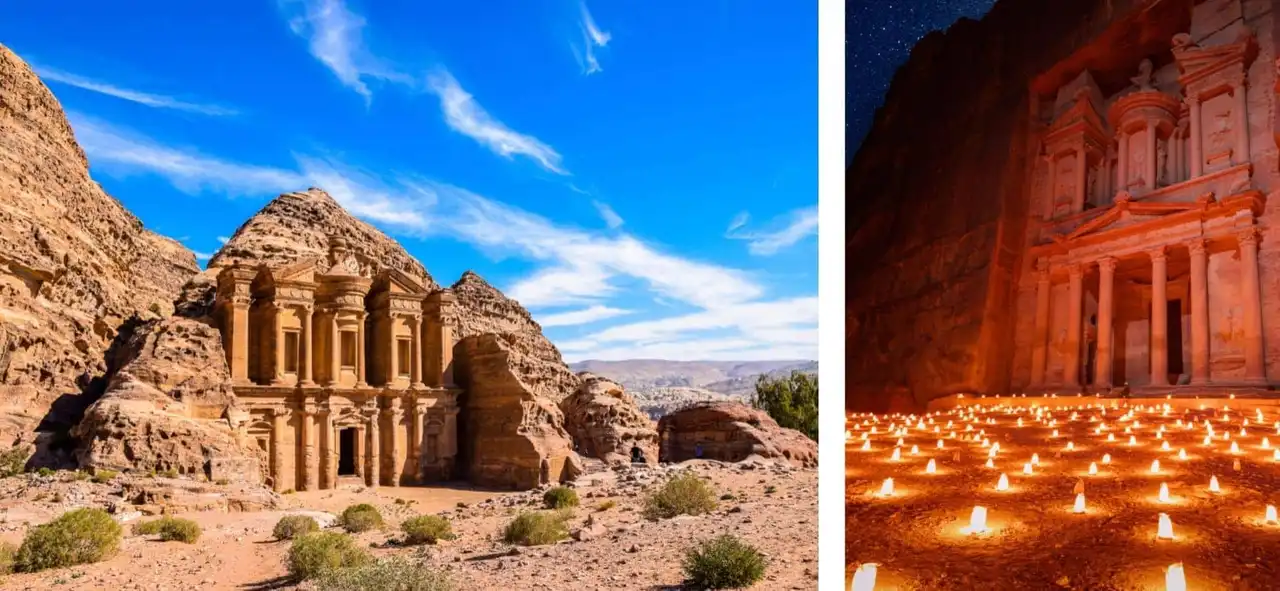
Petra, Jordan - Photo credit: Shutterstock – tenkl & Maurizio De Mattei
Conservation condition: ★★★★
Public knowledge: ★★★★★
Historical influence: ★★★★
If we have to mention an archaeological site in Jordan, it is Petra who comes to mind immediately. Capital of the powerful Nabate kingdom about 2,000 years ago, the site is in several remarkable points. Petra impresses by its teddy and past power. Also, we marvel at the building of the city, with its monuments dug in the mountain.
From all the images of Petra, it is the temple Khazneh that returns regularly. During the night, its court is illuminated by candles, a wonderful image that we keep our whole life. The Khazneh is one of the best preserved monuments of a city that is, on the whole, in a remarkable state of conservation, notably permitted by its particular situation.
Petra is a little Pompei a unique testimony of the past.
Siq-al-Barid
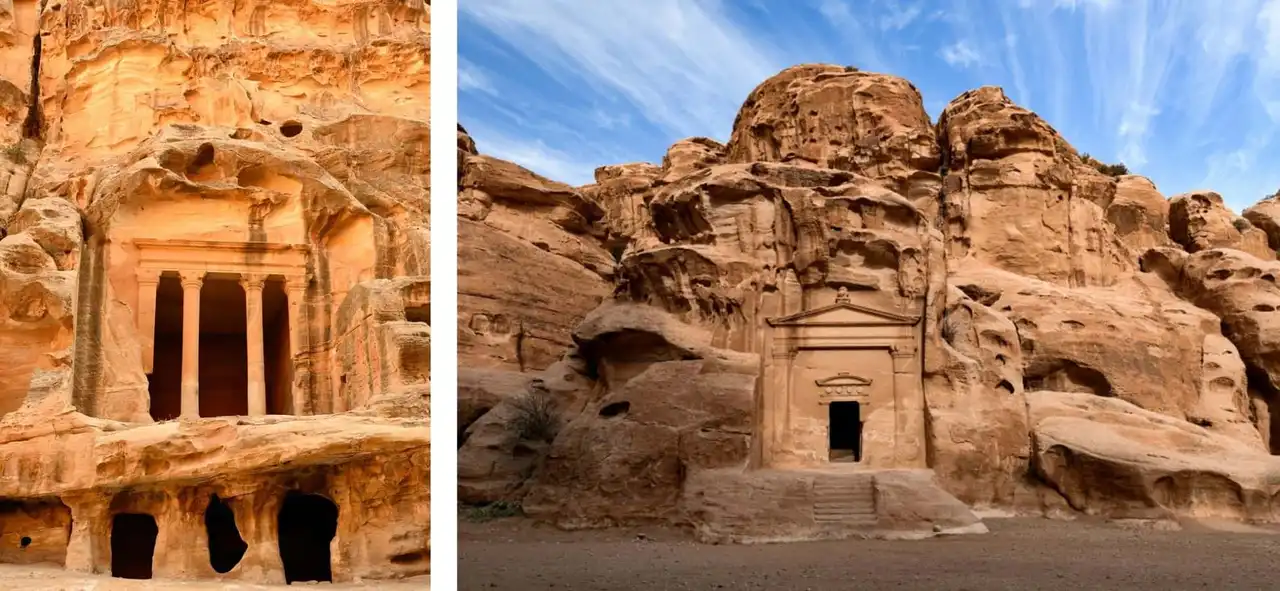
Siq-al-Barid Temples, Petra, Jordan – Photo credit: Shutterstock – RenzoA & travelwild
Conservation condition: ★★★★
Public knowledge: ★★★
Historical influence: ★★★
In tourist circles, it is called Little Petra . The reason is all found: this archaeological site in Jordan is simply part of the same complex of Petra! Yet, it is a different city, located a few kilometres away and a little higher in the mountain than Petra.
Like Petra, it was the Nabateans who built Siq-al-Barid as we call it today. Construction techniques are the same. However, in Siq-al-Barid, the troglodyte constructions can be admired more pronounced, i.e., dug into the rock.
The most remarkable monuments are the tricilium the name given to the dining rooms in the Roman era.
Um er-Rasas
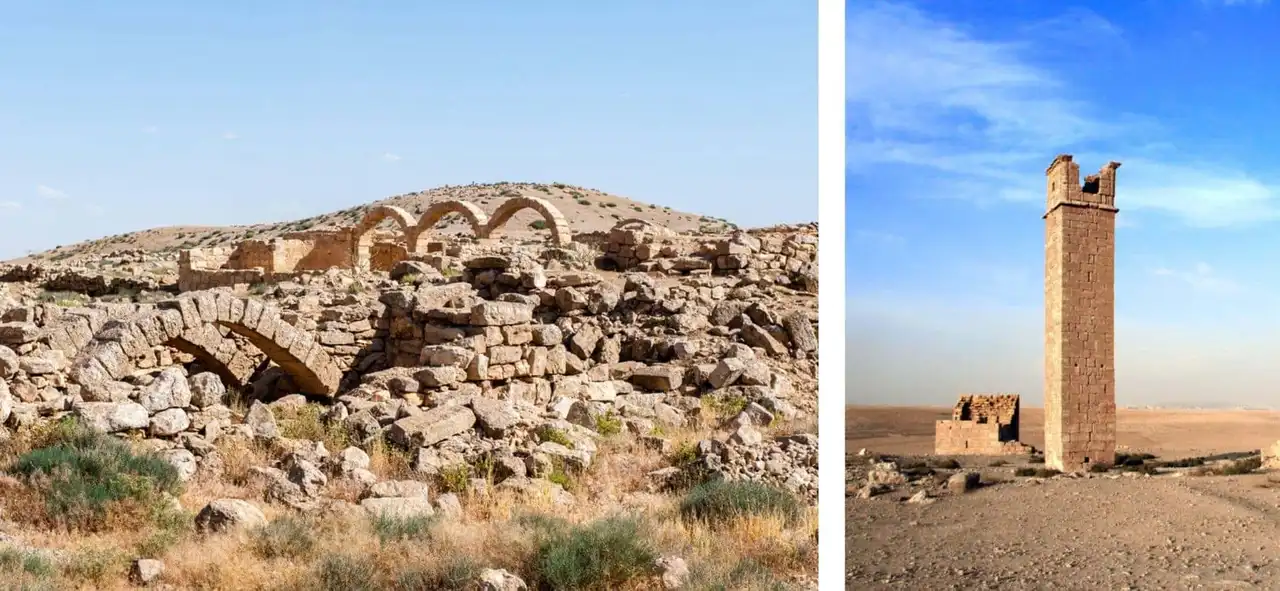
Vestiges and observation tower of Um er-Rasas –
Photo credit: Shutterstock – Anton_Ivanov & Lukiyanova Natalia frenta
Conservation condition: ★★★
Public knowledge: ★★
Historical influence: ★★★
Located south of the Amman capital, this archaeological site in Jordan is one of those mixing civilizations, eras and religions. There are indeed Roman, Byzantine vestiges and the first Muslim conquest around the 8th century.
It is Byzantine and Christian civilization in general that leaves the most memories to Um er-Rasas. Despite the Muslim conquest califat abbasside , Um er-Rasas remained a place of pilgrimage for Christians. This is why the ruins of Byzantine churches are the most numerous among those discovered by archaeologists.
Um er-Rasas is easily accessible from Amman.
The archaeological complexes
Citadelle d’Amman
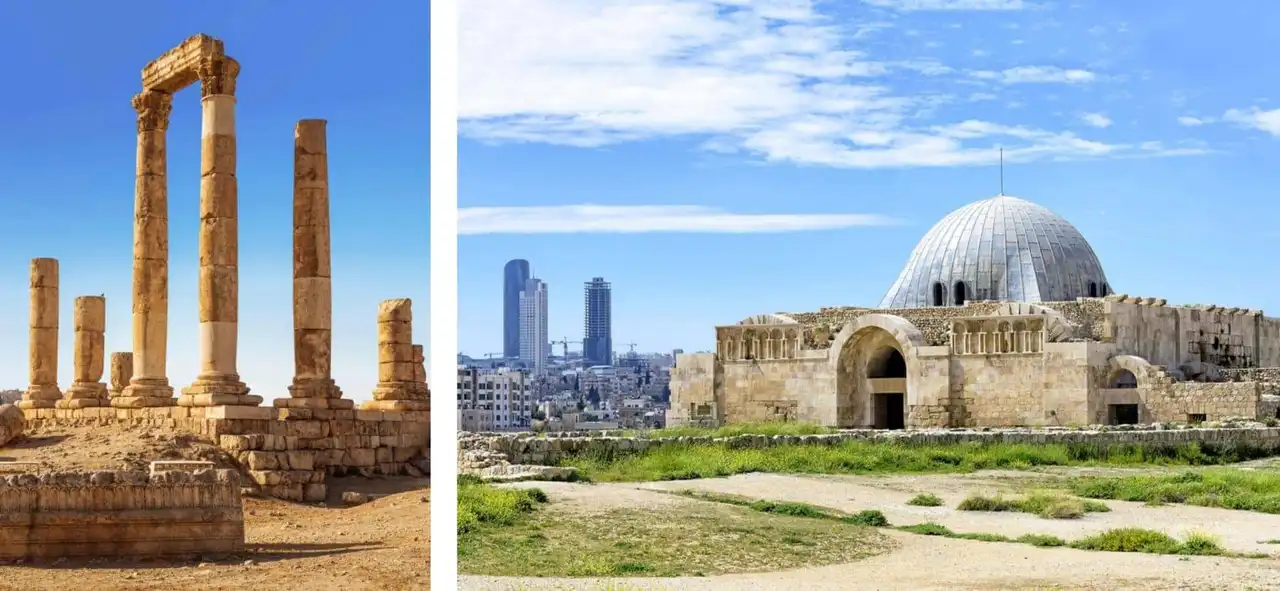
View of the ruins of the Temple of Hercules and the old palace of the Omeyyades – Photo credit: Shutterstock – volkova natalia & Checco2
Conservation condition: ★★★
Public knowledge: ★★★
Historical influence: ★★★
Amman's citadel is one of these archaeological sites in Jordan where cultures, civilizations and periods are blended. At the top of this hill there are the ruins of a Greek temple, a Muslim palace of the time omeyade and a Byzantine church.
The most remarkable monument is the door of Ammon which dates back to the year 1200 before our era, from the time of the kingdom of Ammon! The Amman citadel offers a magnificent view of the Jordanian capital.
Jerash
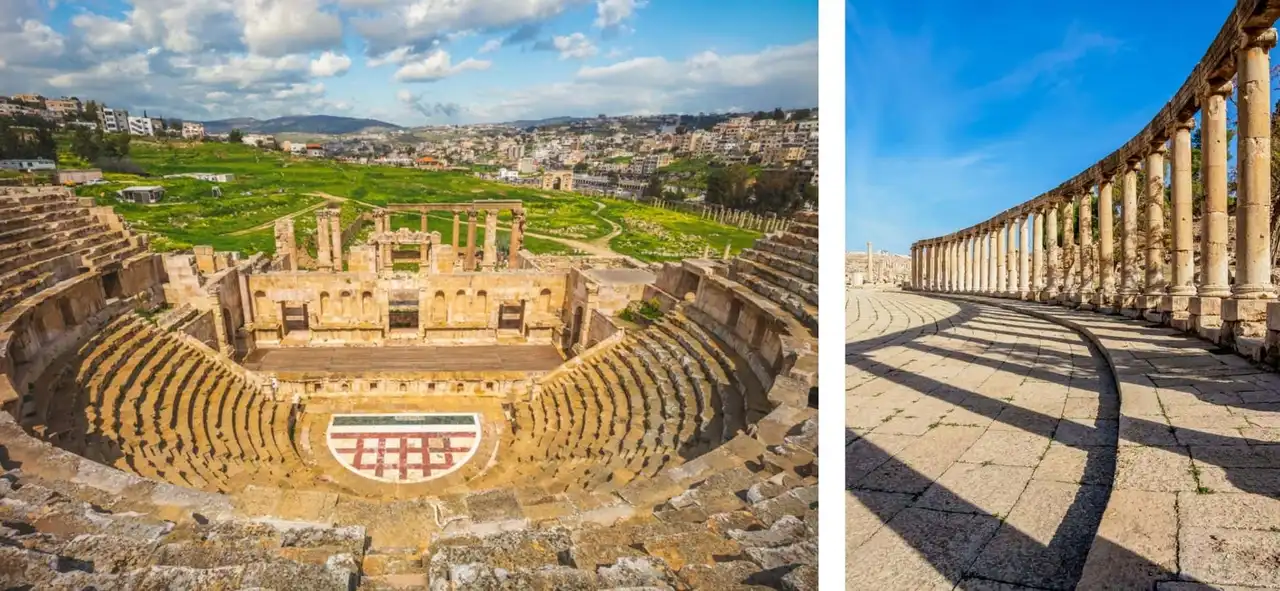
Vestiges and Roman theatre, Jerash, Jordan – Photo credit: Shutterstock – Richie Chan & Karol Kozlowski
Conservation condition: ★★★★★
Public knowledge: ★★★
Historical influence: ★★★
Among the archaeological sites in Jordan, some say Jerash is the most beautiful. If beauty is subjective, it is undoubtedly one of the greatest and most complete. Like other Jordanian sites, it retains ruins of several periods and civilizations.
The most imposing vestige is Greco-Roman, it is its oval square surrounded by its ionic columns. It is also the Greco-Roman vestiges that are by far the most numerous. Through our visit, we discover temples, arcs – including the Arch of Hadrian –, ramparts, a racecourse... Everything that made a Greco-Roman city of ancient times!
Some Muslim remains, including mosques, were also discovered by archaeologists.
Umm Qeis (Gadara)
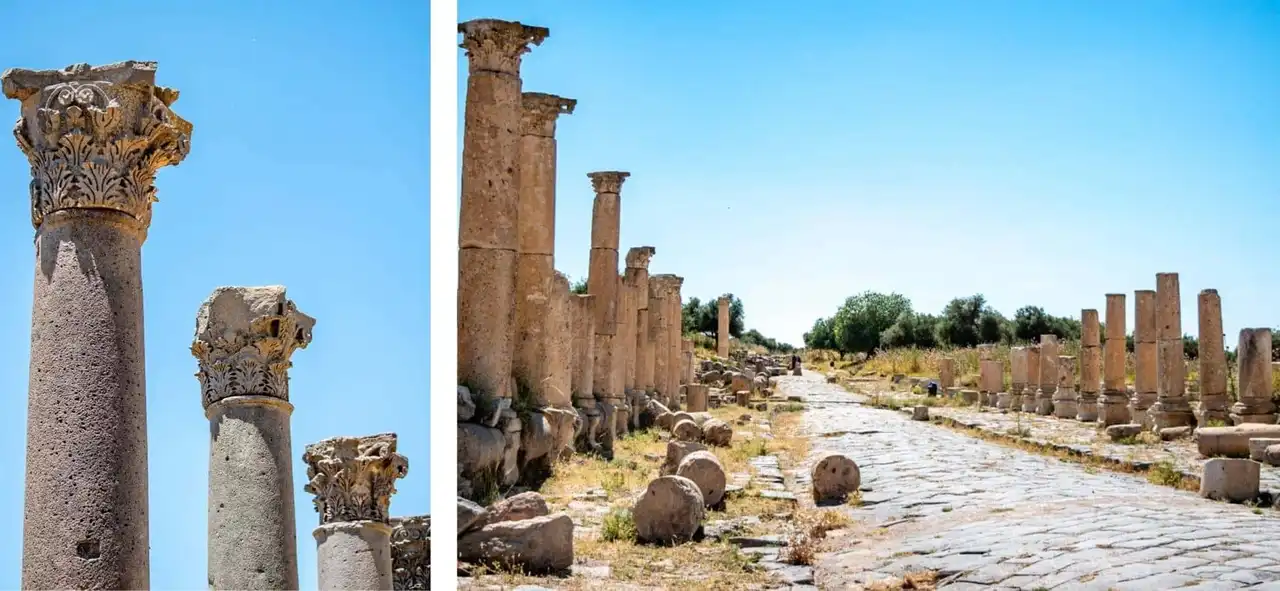
Vestiges of the ancient Greek city of Gadara – Photo credit: Shutterstock – Kathryn Sullivan
Conservation condition: ★★★★
Public knowledge: ★★★
Historical influence: ★★★
If the place is officially called Umm Qeis, this archaeological site in Jordan corresponds to the ancient Greek city of Gadara. The city is quoted in the Bible, where Jesus would have realized one of his miracles.
Today, many Roman ruins remain. You can venture into the paved streets in the old Gadara or enter one of its many temples.
Umm Qeis has the disadvantage of being located close to the Syrian and Israeli borders. This distances it a little from the rest and, if the risks are low in Jordan, you must always pay attention to your security. However, for enthusiasts, this site is largely worth a visit!
Castles and theatres
Château d’Al-Karak
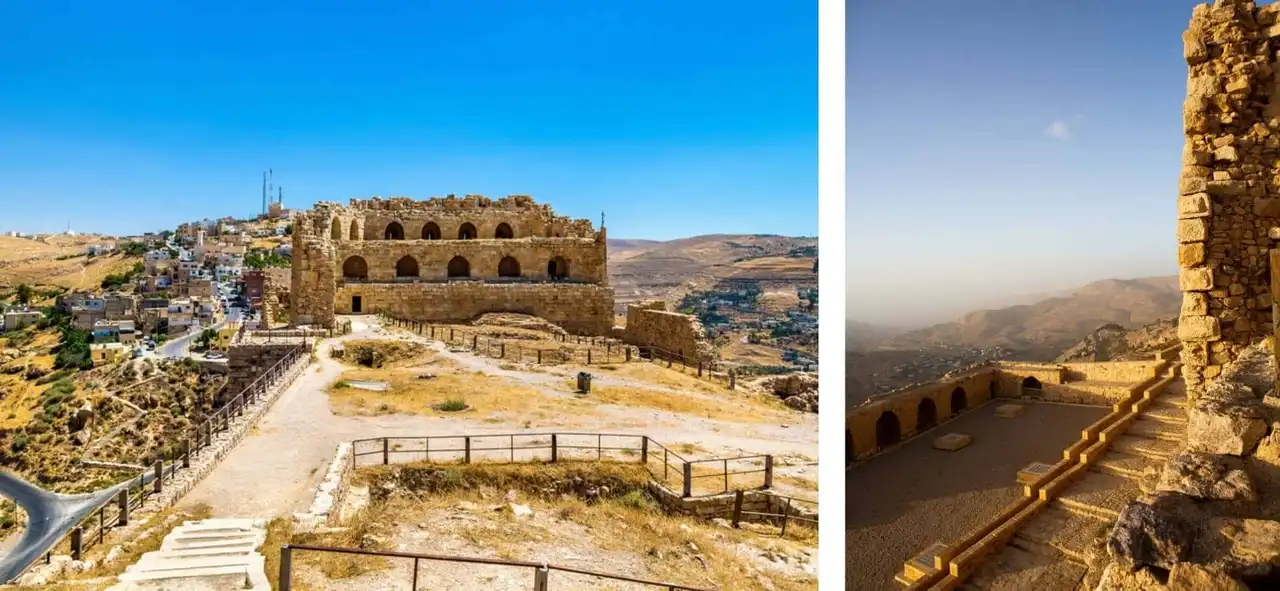
Castle of Kerak, Jordan – Photo credit: Shutterstock – Leonid Andronov > romeovip_md
Conservation condition: ★★★★
Public knowledge: ★★★
Historical influence : ★★★★
The Crusades era is part of these complex and exciting periods. The region around the Israeli, Palestinian and Jordanian borders was the central theatre of the 12th and 13th centuries.
To protect themselves, the crossed knights built almost unseenable buildings. If the best known of them is the famous Krak des Chevaliers In Syria, the Château d’Al-Karak is not left behind. The latter was then nicknamed Krak of the Desert.
Today, if the places have been renovated, they retain a particular soul of this time and they can be imagined to go back when you walk there. Finally, the view from the heights is splendid!
Château d’Aljun
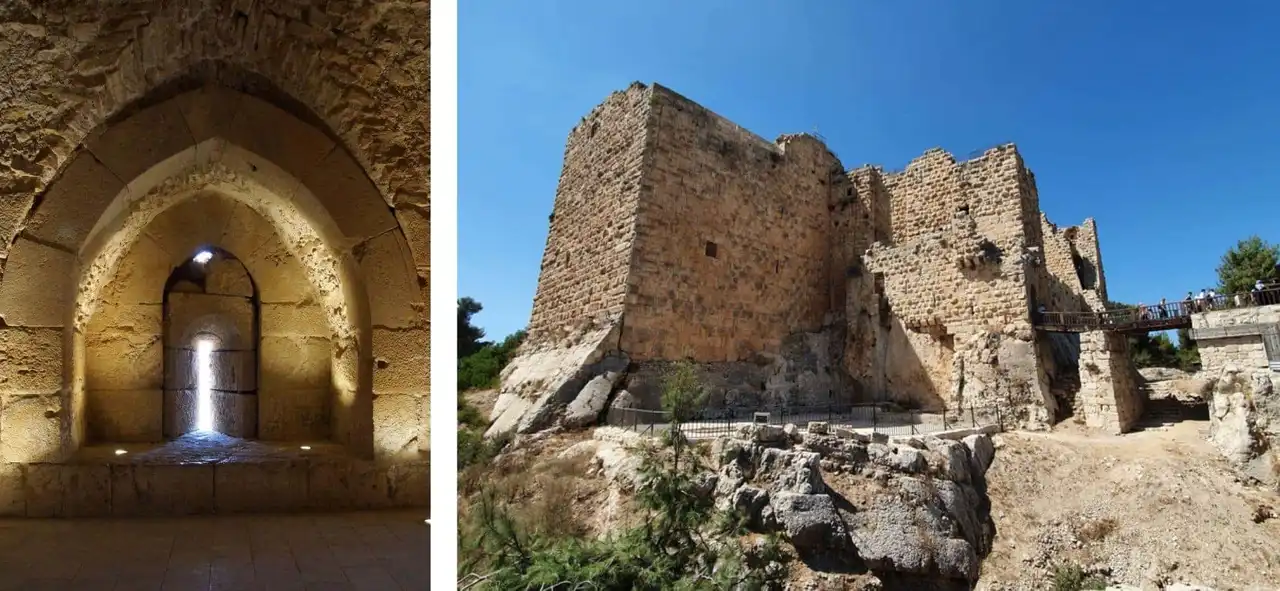
Château d’Aljun, Jordan – Photo credit: Shutterstock – KORO78
Conservation condition: ★★★★
Public knowledge: ★★★
Historical influence: ★★★
Without being originally, this archaeological site in Jordan is a bit the Muslim during the Kerak Castle. It was at the same time that it was built. The aim is then to allow Muslims to control the Bedouin tribes, some being then allied with the Crusaders.
The castle of Aljun is one of the few testimonies of Muslim fortresses. That is what makes it its historical interest. The places are well preserved and provide an idea of Arab military architecture.
Amman Theatre
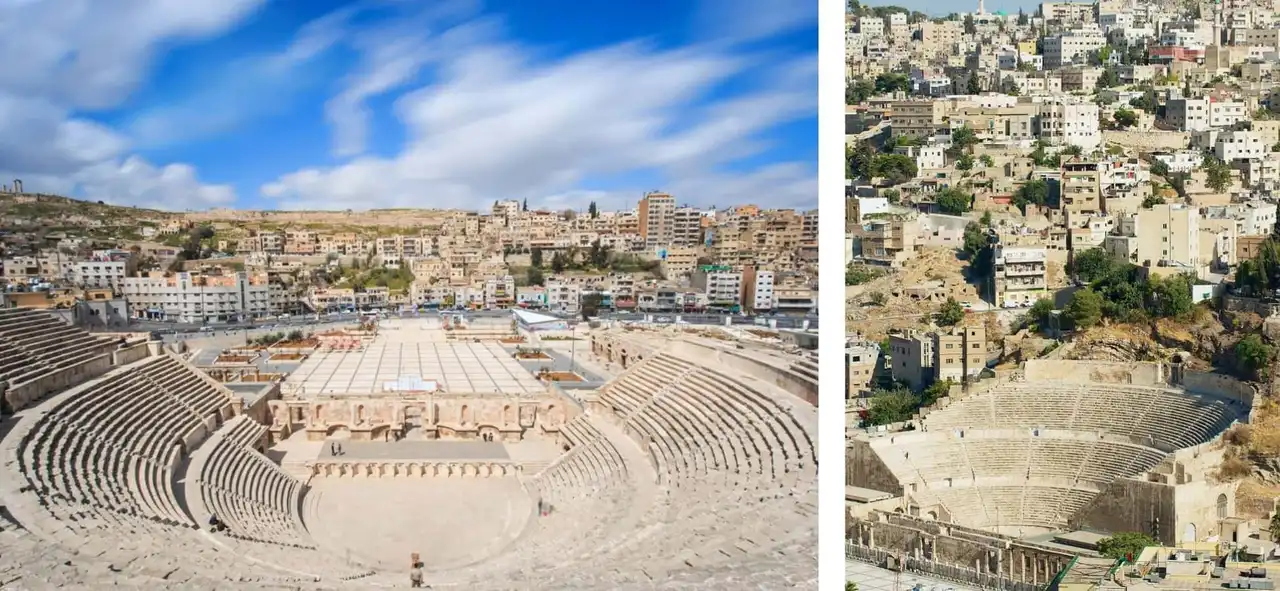
View of Amman Theatre – Photo credit: Shutterstock – Fabio Nodari & Dmitry Chulov
Conservation condition: ★★★★★
Public knowledge: ★★★
Historical influence: ★★★
Return to the capital with this archaeological site in Jordan. Separated from the Amman citadel, the theatre dates from the second century is in a remarkable state of conservation. It is indeed its welcoming capacity that is impressive because there are no fewer than 6,000 seats!
The Amman theatre shows the exceptional acoustic knowledge of the scholars of Antiquity. Despite its huge size, spectators at the top can clearly hear the performances, which can be verified today. There are indeed shows in the theatre.
This building is surrounded by other Roman vestiges, including a public fountain.
Geographical curiosity
Map of Madaba
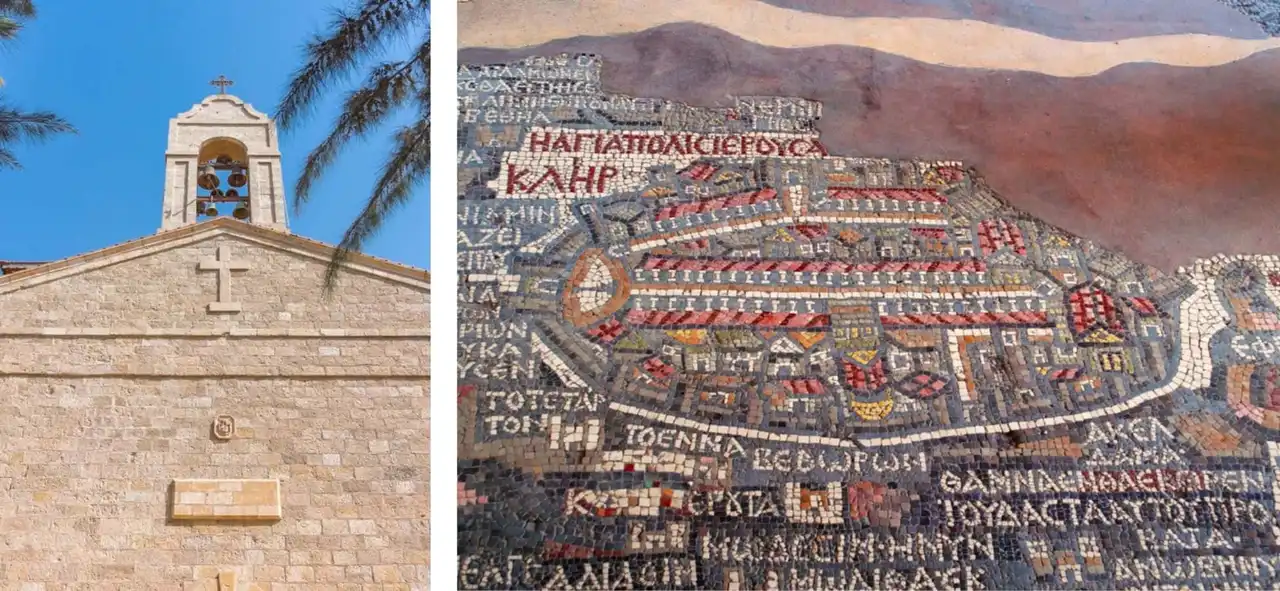
The Byzantine church of Saint-Georges and its mosaic, Madaba – Photo credit: Shutterstock – NavinTar ' Naeblys
Conservation condition: ★★★★
Public knowledge: ★★
Historical influence: ★★★★
Our selection ends with a curiosity. It’s hard to say if this corresponds to an archaeological site in Jordan as a whole... but it’s to see! In the Byzantine church of Saint-Georges is a unique testimony in the world, a mosaic.
This mosaic on the ground is a cartographic representation of the region. It dates from the sixth century. We can clearly distinguish it Jerusalem , Dead sea or Bethlehem . An exceptional and unique heritage to come and admire if you are in the corner!
For our rating system, we used the following criteria:
– State of conservation: based on its date of construction and renovations, in which state is currently located the site;
– Public knowledge: the notoriety of the archaeological site for non-initiates;
- Historical influence: the historical importance of the site and its influence on the following civilizations.
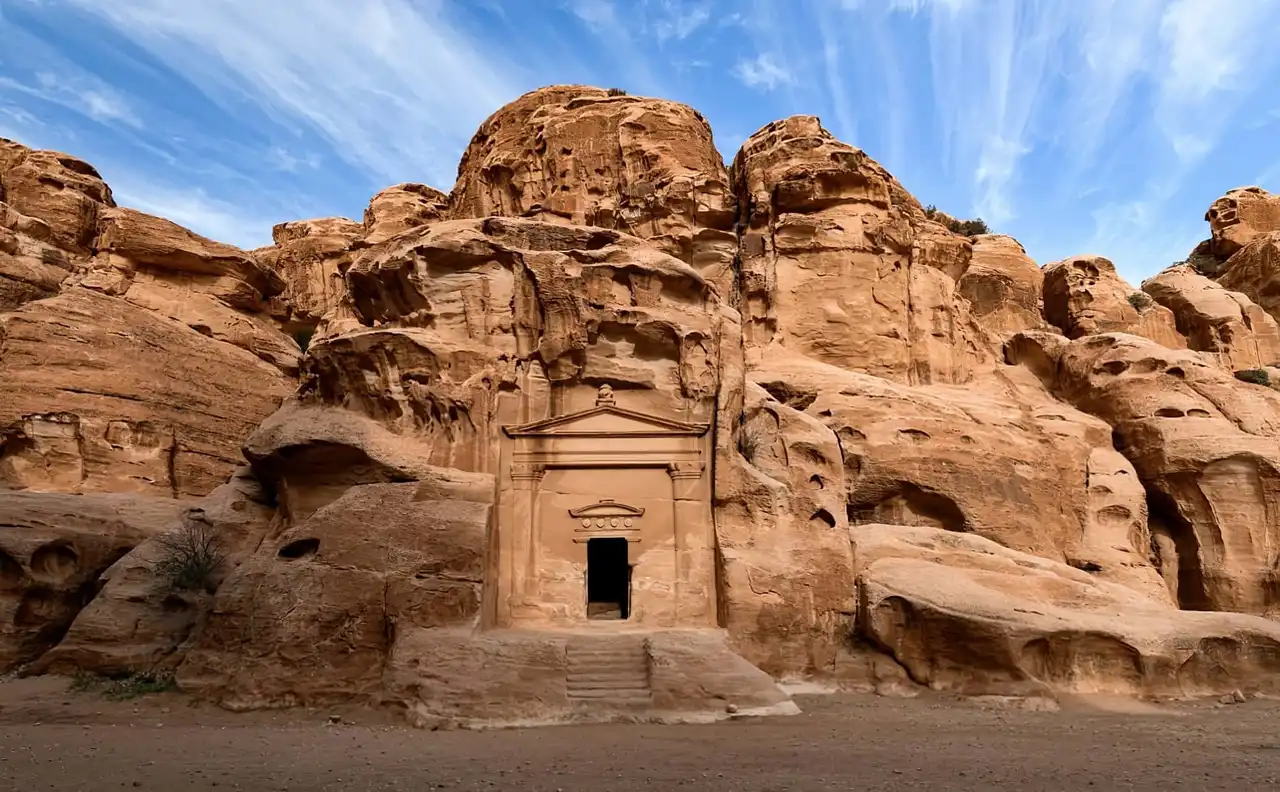







Loading comments ...